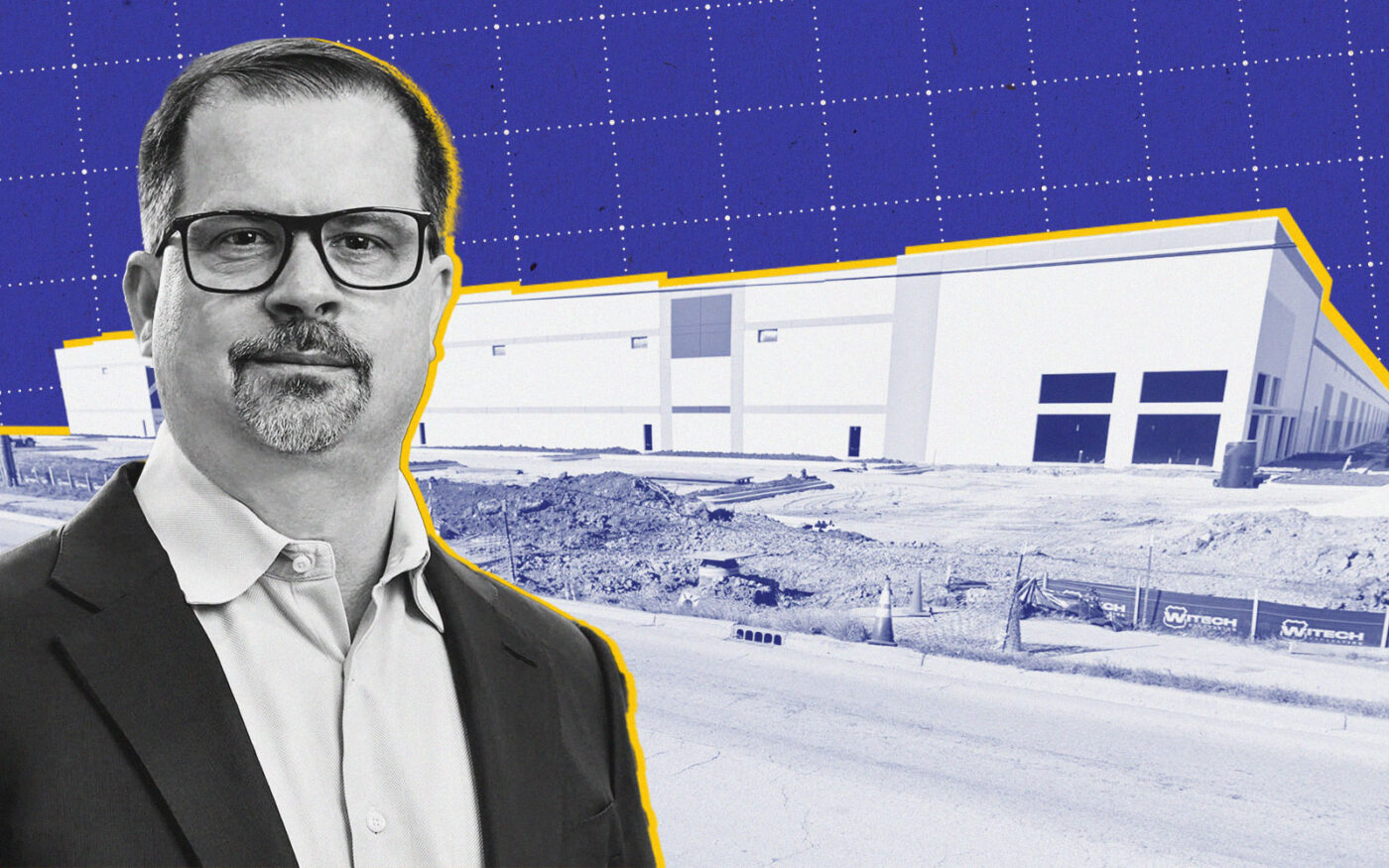Chicago’s industrial real estate occupancy increased slightly in the third quarter.
The vacancy rate fell by 170 basis points to 6.8 percent, marking the first quarter-over-quarter decrease in more than two years, the Chicago Business Journal reported, citing Savills.
While Chicago’s vacancy rate is still elevated compared to previous years, it sits slightly below the national industrial average of 7.4 percent.
The year-over-year comparison paints a more challenging picture for the city. Net absorption, a measure of demand, declined slightly compared to last year, and deliveries slowed, along with the construction pipeline.
Chicago developers have responded cautiously, waiting to see how lower interest rates might impact future investment activity. Construction starts increased for the second consecutive quarter to 13.6 million square feet, but the pace remains well below the 28.2 million square feet under development at the same time last year.
Leasing and sales activity also slowed during the quarter, partly due to companies waiting for an expected interest rate cut and uncertainty ahead of the November election. Six million square feet were leased in the third quarter, down from 7.4 million in the second quarter and 10.2 million in the first half of the year.
That marked the second-lowest quarterly leasing volume since 2018, with the slowdown partly attributed to reduced big-box activity, according to JLL.
The largest non-renewal lease was RJW Logistics’ commitment to a 640,000-square-foot building at 275 West Laraway Road in Joliet. In the largest investment sale, Brennan Investment Group bought the 17-building, 740,000-square-foot Yorkbrook Business Park in Lombard from Investcorp for $76 million, or about $103 per square foot.
Speculative construction projects have mostly come to a halt, despite overall activity beginning to recover.
Asking rents increased 0.9 percent compared to last year and now averages $7.60 per square foot. Landlords are reportedly offering significant concessions for new leases and, in some cases, are favoring turnkey agreements over tenant improvement allowances.
— Andrew Terrell
Read more



